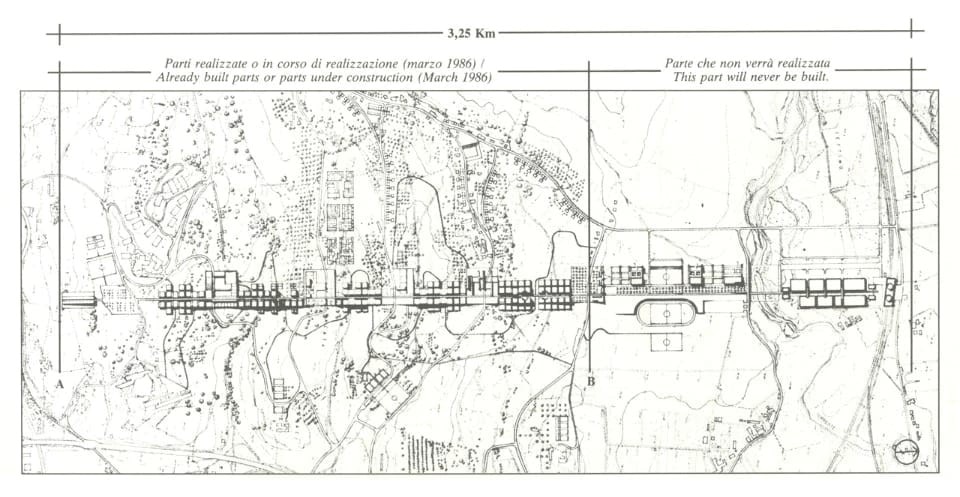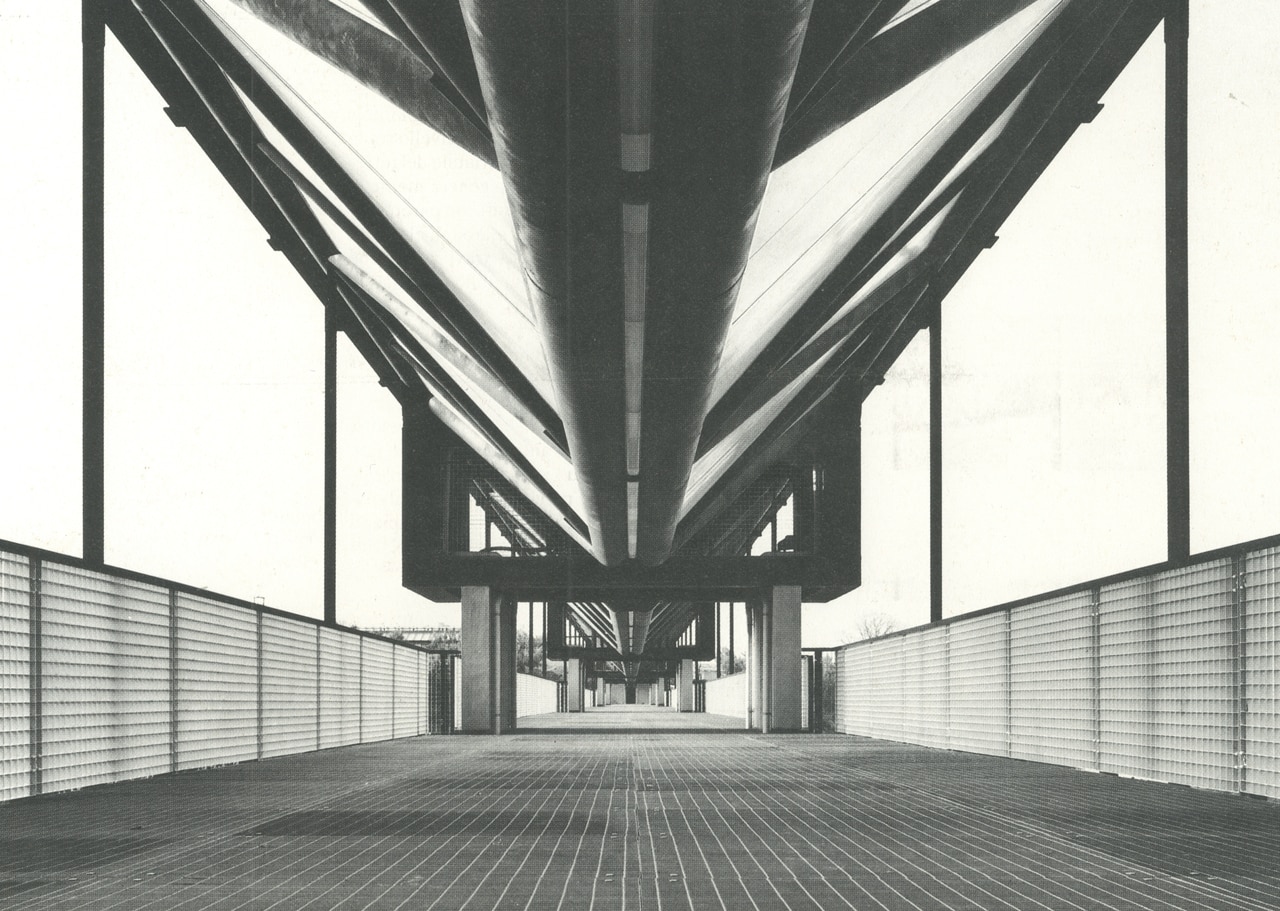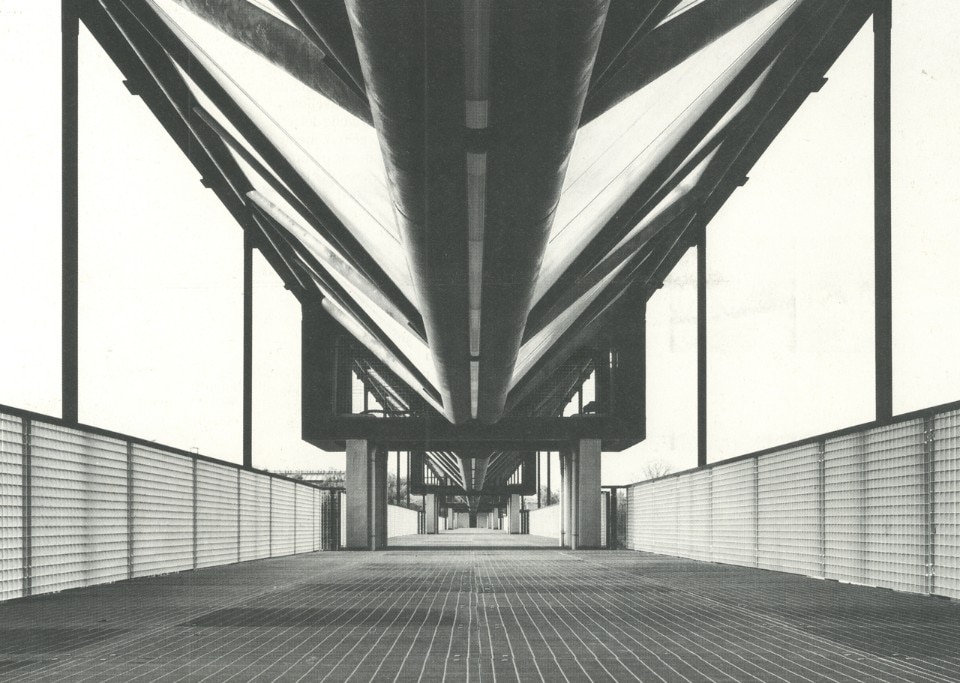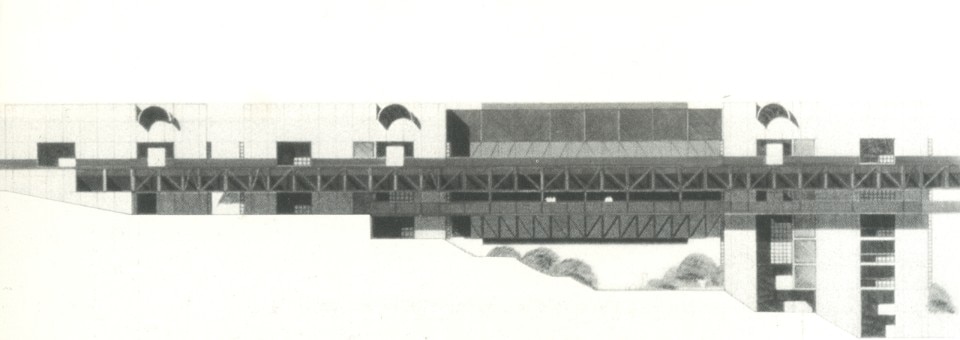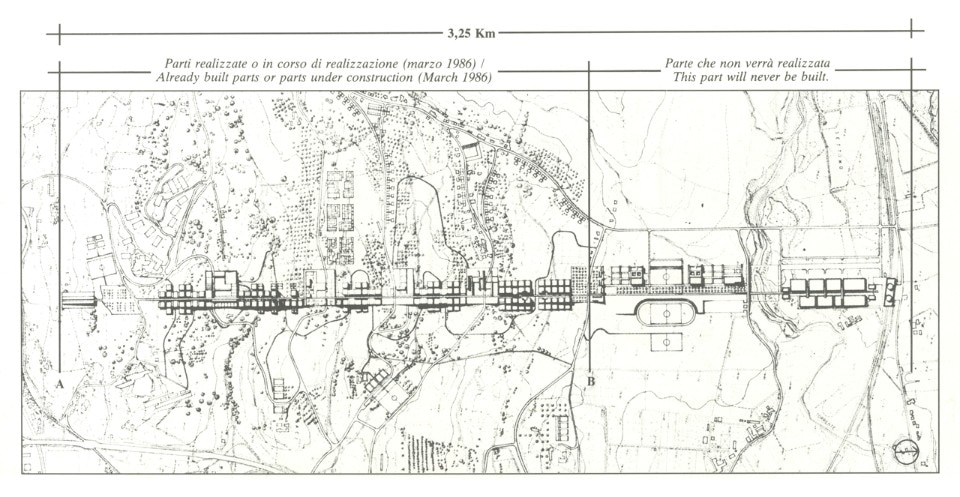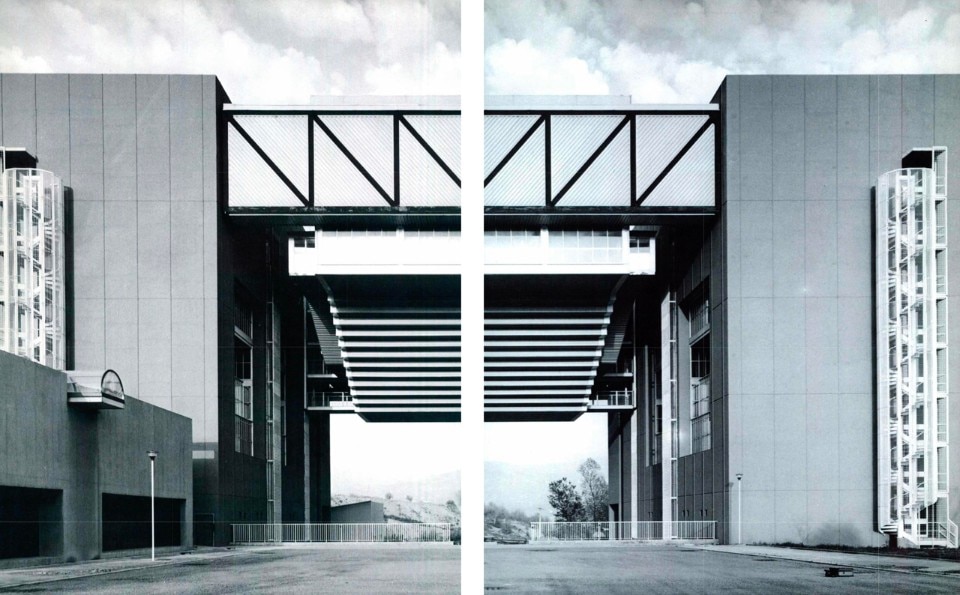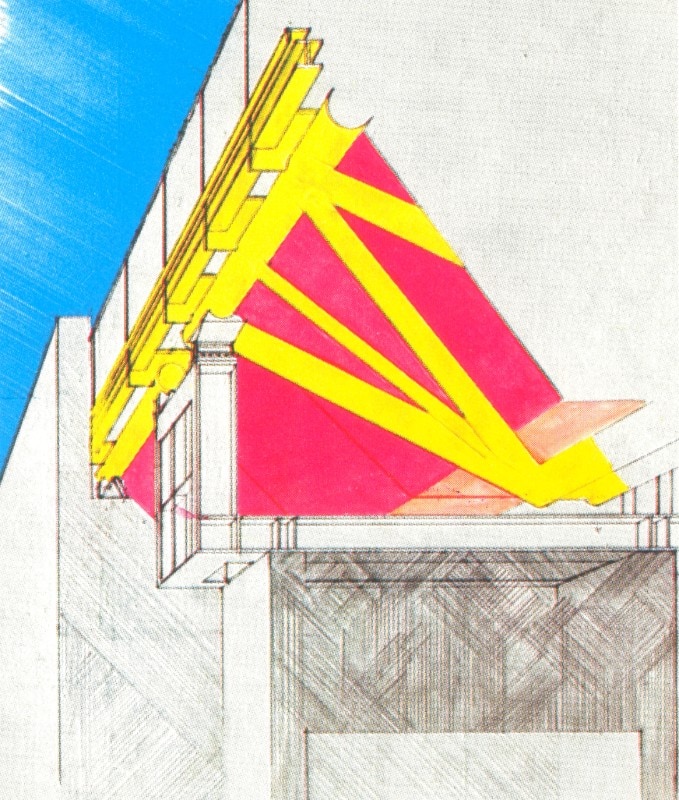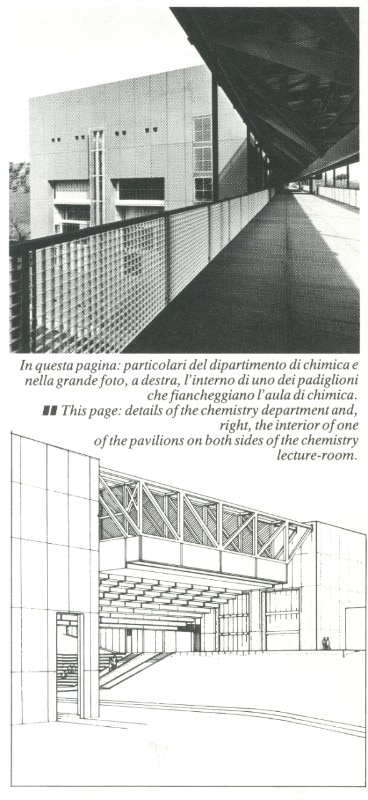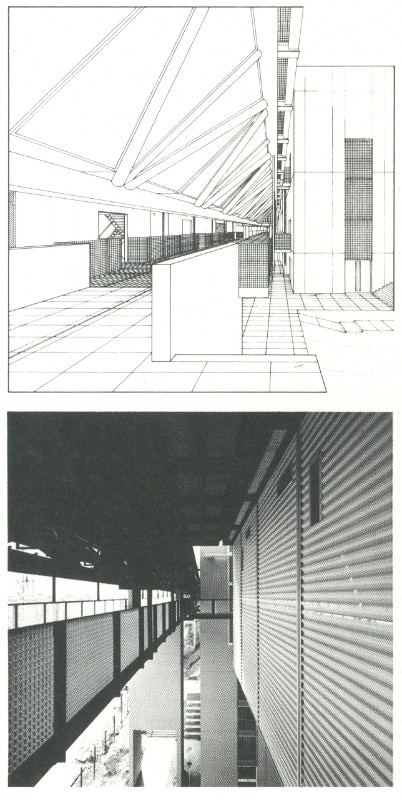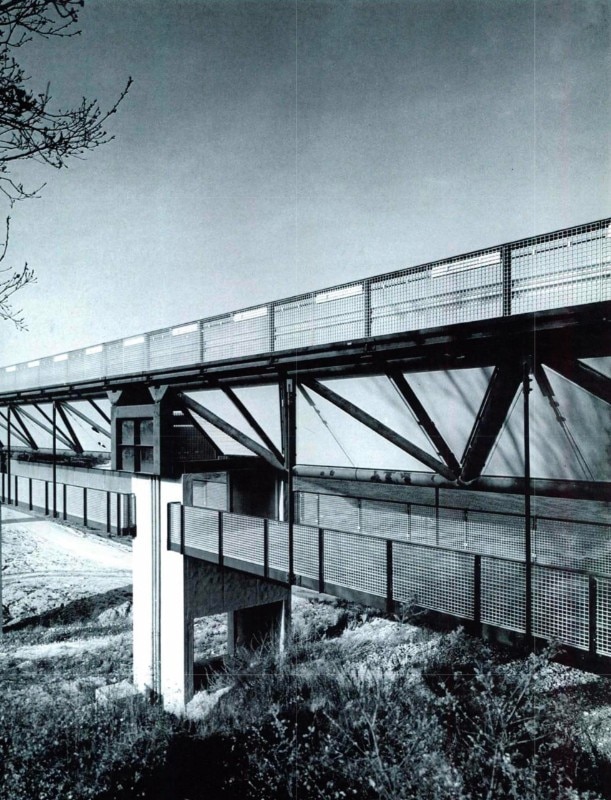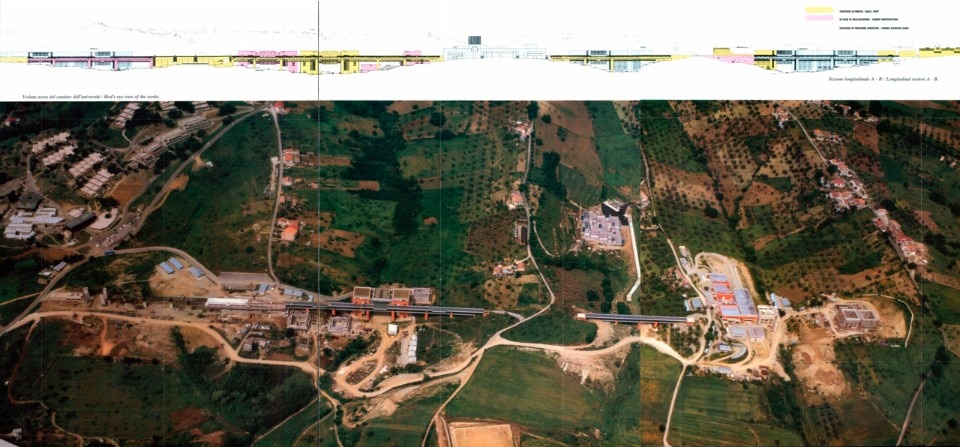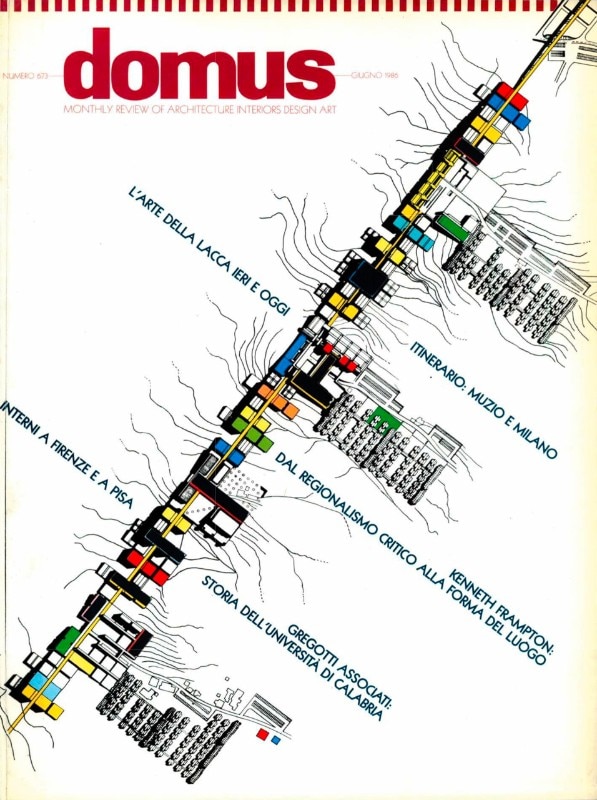It is simply impossible to summarise or even outline the work of Vittorio Gregotti. An unquestionably prominent figure of architecture in the second half of the twentieth century, his career took off to a brilliant start, working for Auguste Perret — the Maestro of Le Corbusier — and personally meeting Walter Gropius and an elderly Henry van de Velde, figures that had a profound influence both on his organised and linear style and on his very broad scope of design subjects, ranging even wider than “from the spoon to the city”. Born in Novara in 1927 under the sign of Leo, he grew up in that sector of the upper-class that summered on the Lake of Orta (like Leonardo Benevolo), and it is no coincidence that his all-time favourite book was Buddenbrooks.
He graduated together with Ernesto Nathan Rogers in 1952, and a year later joined him both as a University assistant and in the editorial team of Casabella-Continuità, where he was responsible for memorable issues such as the one on Peter Behrens — another figure of organisational bent and the founder of Werkbund — and developed an aversion to the rival publication Domus. In the meantime he set up a firm in his hometown together with Lodovico Meneghetti and Giotto Stoppino, thus placing himself midway between the exponents of the Torinese and Milanese neoliberty.
He found it natural to combine architecture, urban planning and industrial design [1] both in professional projects and in his research, as demonstrated by his models, with pioneering and critical historiographic forays into Fascist [2] and post-war [3] architecture. In 1964, together with Umberto Eco, he curated the XIII Triennial dedicated to free time, creating a central hall in the shape of an octagonal kaleidoscope.
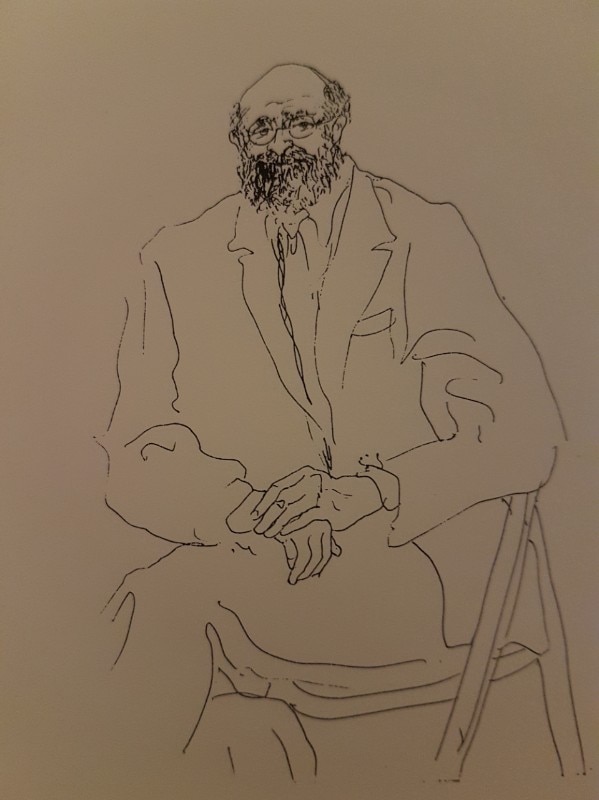
The partnership with the Piedmontese semiotician introduced him to neo-avant-garde circles, and in fact when his fundamental book, The territory of architecture (1966), came out, it was published by Feltrinelli as part of the Materiali series, at the time the realm of Alberto Arbasino and Edoardo Sanguinetti’s Gruppo 63. From then on, his career was characterised by a Rossini-esque crescendo. In 1969 he won the call for tender for Zen 1 and 2 in Palermo, and in 1973 that for the University of Calabria, which was designed to be one kilometre long; two controversial designs typical of the time, the subject of often deserved but at the same time vulgar criticism, conceived in very challenging periods and on a territorial scale that had never been seen before. Both cases were characterised by the determining presence of Franco Purini in his firm, as well as that of the two Pierluigis — Nicolin and Cerri — with whom he founded Greogotti Associati in 1974, the firm that also included Augusto Cagnardi and Italo Rota, among others.
Town plans, re-qualification projects, museum layouts, coordinated corporate and editorial graphics, design. Gregotti was in fact also a prominent figure in trans-disciplinary dialogue, for example designing in 1967 the sets for the scandalous Carmen by Arbasino in Bologna, which prompted the president Carlo Ripa di Meana to nominate him as director of the Visual Arts section of the Venice Art Biennial, where he introduced the architecture exhibitions and laid the foundations for an autonomous edition [4]. 1979 saw him take the post of director of Rassegna, and from 1982 that of Casabella. While the second became the publication for the three-party Italian architectural government, run in the 1980s by the trio of Gregotti (design), Bernardo Secchi (urban planning) and Manfredo Tafuri (history), all professors at the IUAV, the first became a garden of architectural delights The stadiums in Barcelona (1985), Genoa and Nîmes (both from 1986) were some of the firm’s most successful designs.
The monographic book on Gregotti Associati, published a couple of years after their winning the international call for tender for the requalification of the ex-industrial area of Bicocca, and the Centro Cultural de Belém in Lisbon, is a demonstration of cultural supremacy [5]. The essays contained were in fact written by the likes of Massimo Cacciari, Ettore Sottsass jr, Joseph Rykwert, Kenneth Frampton and Oriol Bohigas. His many books have been published by the most prominent houses, both in Italy and abroad [6], and he was unique in having collaborated simultaneously with both the Corriere della Sera and Repubblica newspapers.
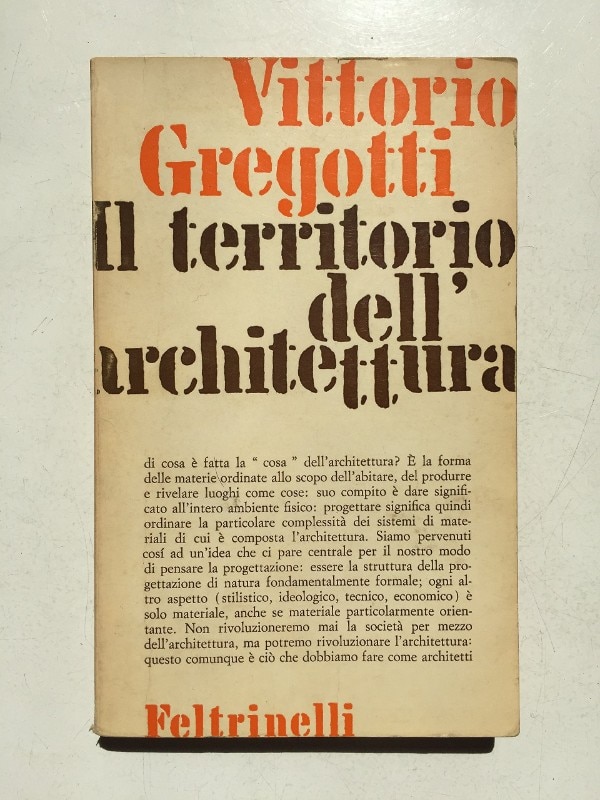
His central role, in dialogue with the most important names in literature, art and philosophy [7] of the time, often however leaned towards an excess in self-promotion. In his sixteen years as director of Casabella, he never once published a design by Aldo Rossi, who as a young man was a disciple of Rogers and writer for the magazine like himself, co-producing an essay on the Novara-born Alessandro Antonelli [8], not even when Rossi was awarded the Pritzker Prize in 1991.
In addition, Gregotti Associati was never able to find new blood, over the years losing its most important figures, at times in less than favourable circumstances, and leading to its definitive closure, nor did it ever think of involving other worthy colleagues in its most ambitious projects on a national scale, thus becoming a victim of its own style. It is therefore difficult to consider Vittorio Gregotti a Maestro, as he has not left any disciples of his level, but he undoubtedly remains a model of progressive architect, of traditional approach and extremely high status — he was, among other things, an excellent free-hand drawer —, undoubtedly cosmopolitan and true to the words of Rimbaud; “Il faut être absolument moderne”.
Opening image: University of Calabria in Cosenza, Gregotti Associati, 1974.
- [1]:
- Vittorio Gregotti, curated by, Architettura, urbanistica e disegno industriale, Milano, Fabbri 1967.
- [2]:
- “Edilizia Moderna” n.81, 1963, monographic number, Il Novecento e l’Architettura, curated by Vittorio Gregotti and Guido Canella.
- [3]:
- Vittorio Gregotti, New Directions in Italian Architecture, New York, Braziller 1968.
- [4]:
- Interview at Vittorio Gregotti in Aaron Levy and William Menking, edited by, Architecture on Display. On the History of the Venice Biennale of Architecture, London, Architectural Association 2010, pp. 21-34.
- [5]:
- Paolo Colao, Giovanni Vragnaz, curated by, Gregotti Associati 1973-1988, Milano, Electa 1990.
- [6]:
- Vittorio Gregotti, Le territoire de l'architecture, Paris, Gallimard, 1982, preface of Umberto Eco.
- [7]:
- Vittorio Gregotti, Diciassette lettere sull'architettura, Roma-Bari, Laterza 2000.
- [8]:
- Vittorio Gregotti, Aldo Rossi, L’influenza del romanticismo europeo nell’architettura di Alessandro Antonelli, in “Casabella Continuità”, n. 214, february-march 1957, pp. 63-70.


